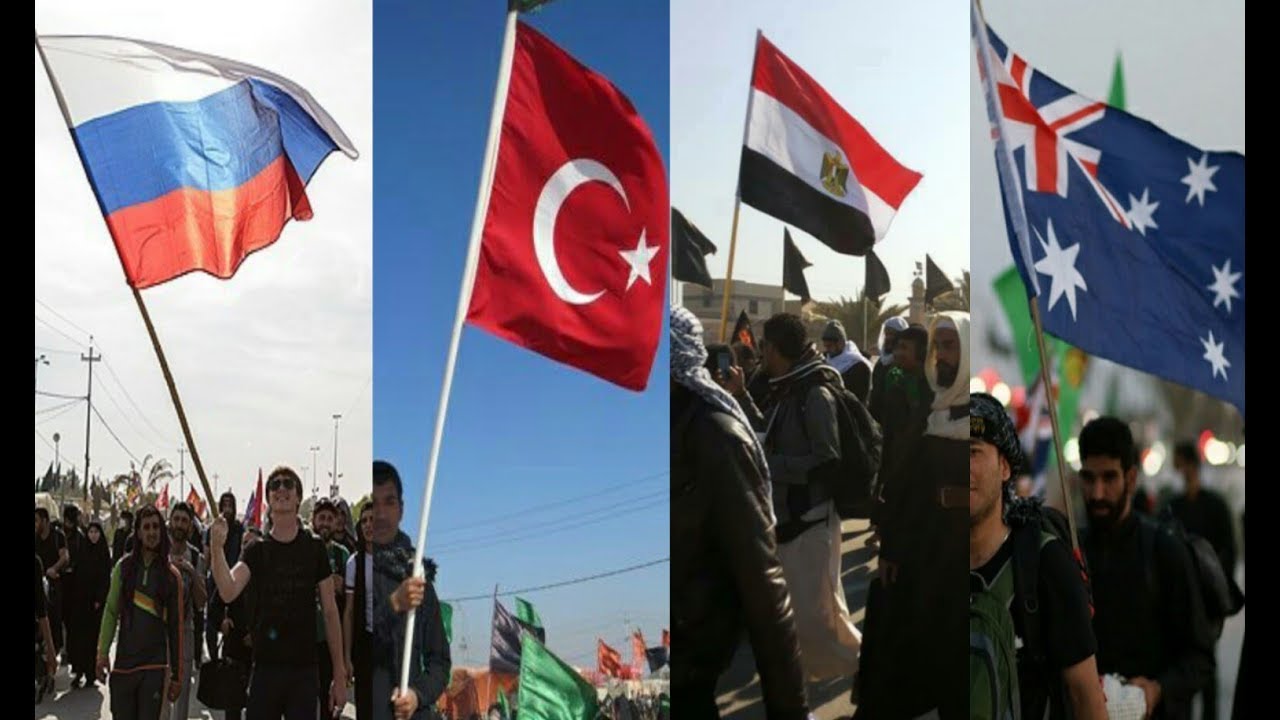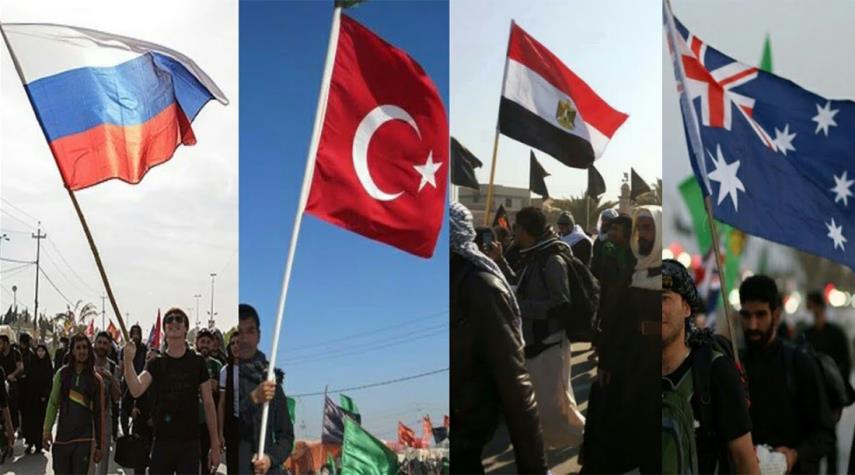The Wahhabis who based on considering ziyāra an polytheistic innovation destroyed the graves of Baqi’, have appealed to the Abu al-Hayyaj hadith which ordains to flatten high graves and to uniform graves. But for citing a hadith as a decree two requisites must be met:
The accuracy documentation (chain of narrators …) and the signification of the implied. This hadith lacks both requisites. Moreover for the sake of argument, on the assumption of documentation accuracy of the hadith, high grave means a grave that the highness of the grave itself is in the form of camel humps. The hadith only suggests that if the grave itself is higher than the ground it should become flat and even.
Wahhabis also consider repairing graves, making buildings, shrines, and zarihs over graves, building shades or ceilings, also installing lights or cressets over them, and beautifying ziyāra places using gold, silver and adornments, as polytheistic deeds and condemn all of them.
In regard to repair and preservation of graves of Awliya (Allah-chosen authorities, saints), based upon the Verse 32 of Surah Hajj, it must be said that honoring anything which is a sign and symbol of the religion is a means for drawing near to God. Prophets and saints are of the clearest symbols of the religion, being delivering the religion and spreading it among people. In accordance to the Verse 23 of Surah Shura, veneration of the AhlulBayt of the Prophet (PBUH&HP) has been prescribed too. Preservation and protection of monuments and graves, prevention from destruction and their repair when needed, all are of ways for venerating figures. It is also understood from the Verse 21 of Surah Kahf that honoring graves of the believers was common among previous nations too.
About construction of buildings over graves, the practical consensus among Muslims has been such that they have constructed buildings over the graves of religious persons to preserve them from becoming decayed and have regarded this action an example of honoring the religious Sha’aa’ir. About placing ceilings or shades over graves, even if it is considered unfavorable (makruh) in general, still for certain considerations such as saving pilgrims and reciters of the Qur’an from heat and cold, the karahat is removed. The issue of placing lights is for the same reason, as pilgrims can read Qur’an and meet their needs under the light.
Regarding using gold, silver, and adornments in sacred ziyāra places, the Shi’ah believe that whenever there is no specific holy command about an act, doing it is permitted. Regarding adorning the graves of great religious leaders no prohibition does exist, then based on the “ibahah principle” there is no problem. In addition, if adding gold in a holy place such as Ka’ba and beautifying it with gold and silver and adornments are permitted its permissibility in other worship places can be understood. From historical reports and the text of narrations, it can be realized that the caliphs’ tradition was to venerate the House of God and to beautify it with gold, silver, and adornments, as it was the
Prophet’s. Moreover, some of the adornments are for preservation and distinguishment of such places.
Source:
Pilgrimage “Ziyāra” from the Viewpoint of the Holy Quran, Hadiths and Theological Discourses-An Entry from Encyclopaedia of the World Islam [p 18-21].
Author: Maryam Kiani Farid
Translated by Mojganeh Saffarnia.


